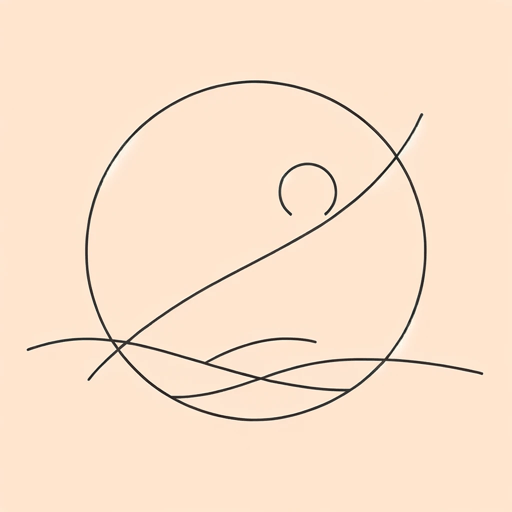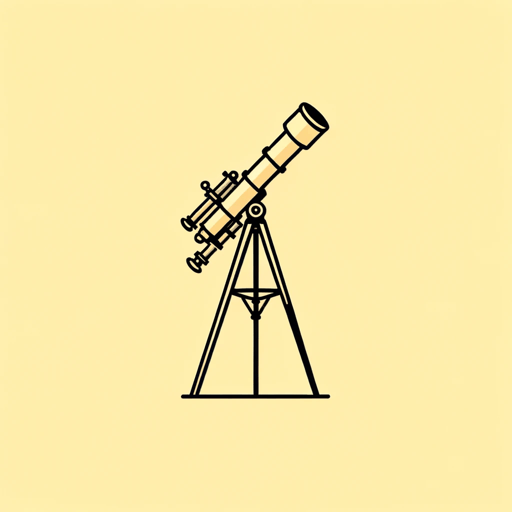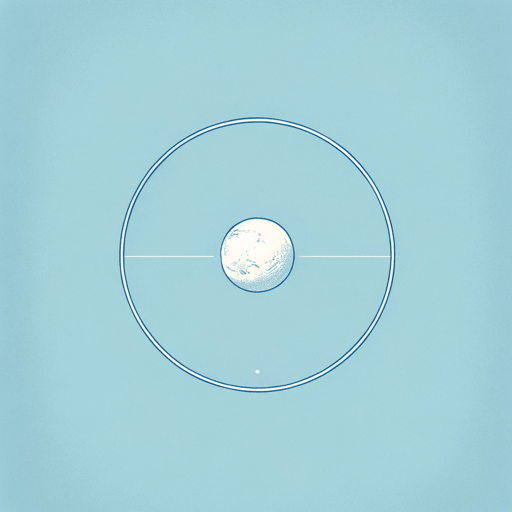54 pages • 1 hour read
Carl SaganThe Demon-Haunted World: Science as a Candle in the Dark
Nonfiction | Book | Adult | Published in 1996A modern alternative to SparkNotes and CliffsNotes, SuperSummary offers high-quality Study Guides with detailed chapter summaries and analysis of major themes, characters, and more.
Summary and Study Guide
Overview
Published in 1995, The Demon-Haunted World is a work of non-fiction by Carl Sagan covering scientific skepticism and the importance of critical thinking. Upon publication, the book became a New York Times bestseller and garnered praise from the scientific community and the wider public for its clear-sighted argument. It continues to hold contemporary relevance and is considered an important book for the current skeptical movement, of which Sagan was an advocate. Written at the end of his life, The Demon-Haunted World sees Sagan distilling a lifetime of critical thinking and science teaching into a work that offers a process for cutting through the delusion and false-information which proliferate in our daily lives, a process he believes will enrich individuals and potentially shore up a deteriorating nation.
The Demon-Haunted World traces Sagan’s argument over the course of 25 chapters, in which he details the basic components of critical thinking while referring to case studies drawn from the realm of pseudoscience, ranging from alien abductions to witchcraft. Recognizing that the easy awe of pseudoscience is obscuring the natural wonders of scientific exploration and discovery, Sagan develops a Baloney Detection Kit, which prevents being misled by spurious arguments and manipulative half-truths, while enabling a clear method for determining valid information and progressively increasing knowledge. Sagan views the ability to do this as vital not only to an individual’s healthy development, but as a counter-force to the dire lack of education and critical thinking he sees overcoming the country, turning it into a fractious nation awash in false information. Adapted from the simplicity of the scientific method, Sagan’s discipline of critical thinking is presented as a salve against the deterioration of America, strengthening its people and buttressing its robust democratic institution.
This guide refers to the 1997 Ballentine Books edition.
Summary
In a short preface, Sagan details the teachers who influenced him, particularly his parents, who fostered his inquisitiveness and supported his natural inclinations toward science and the natural world. At university, effective teachers broadened Sagan's horizons in all scientific disciplines and in the humanities, a round education he considers vital to his success.
Sagan states that the most precious thing we have is a sense of wonder toward the world, though this is often misled by pseudoscientific claims. Most people don’t have the critical thinking skills to dispel such notions, but Sagan offers hope: The scientific method has built in error-correcting machinery, and it can be adapted as a way of thinking.
To detail the scientific method of thinking, Sagan applies it to various claims of pseudoscience, though his major focus is on reports of UFOs and alien abductions. He describes how the hoax of crop circles and the misconception that satellite photos depict a face on Mars spread the myth of extraterrestrials, which was then repurposed by those who purportedly experienced abductions.
Looking into the abductions, Sagan finds widespread poor clinical practice. Therapists unknowingly lead their patients into recalling false memories in place of real, repressed events, such as childhood sexual assault. Other encounters, Sagan suggests, are due to the frequency of hallucination in human populations. In each case, Sagan is able to find a simpler explanation than extraterrestrial visitation.
Sagan next depicts how unchecked belief, unsupported by any physical evidence, can wreak massive harm upon communities, primarily due to dubious witness reports. He compares the practice of witch hunting in the 15th century to the Satanic Panic of the late 1980s, and suggests that such calamities could be avoided with wider public knowledge and a better grasp on critical thinking.
Sagan introduces the concept of falsifiability, the notion that if a claim cannot be independently verified though empirical testing, it must not be accepted as truth. He provides examples of psychologists who forego this step and fall into the delusions of their patients.
Next, Sagan details his Baloney Detection Kit, which comprises nine proactive thinking strategies, and 20 logical fallacies. Common major criticisms of skeptical reasoning hold that it strips the wonder out of the world and replaces it with drab natural laws, that it is amoral and capable of creating weapons of mass-destruction, and that skepticism often comes off as arrogant. However, Sagan argues for harnessing the capacity for wonder to show people their own natural inclinations toward science. Armed with the skill of creative thinking, the American public must be taught how to learn—possibly through television, and definitely through widespread literacy and open access to all knowledge.
Once this is accomplished, and people have recognized their own individual inclination toward science, they can participate in free experimentation, which is not results driven, but simply serves to satisfy curiosity. This freedom, along with the freedoms afforded by critical thinking and the freedoms inherent in the Bill of Rights, will strengthen the American population by preventing them from falling under the sway of false claims. Deeper widespread knowledge and practice in critical thinking will ultimately help maintain the perseverance of American democracy.
Related Titles
By Carl Sagan
Featured Collections
Appearance Versus Reality
View Collection
Education
View Collection
Middle Grade Nonfiction
View Collection
Nation & Nationalism
View Collection
Religion & Spirituality
View Collection
Science & Nature
View Collection
Trust & Doubt
View Collection
Truth & Lies
View Collection
YA Nonfiction
View Collection



